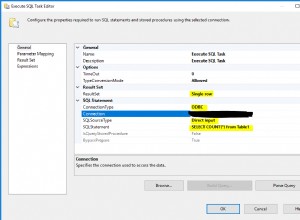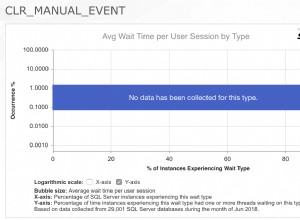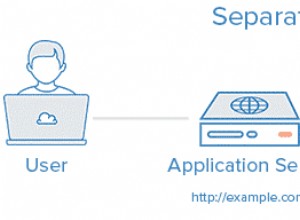Aquí está la solución CTE RECURSIVA. (Los problemas de islas y brechas se prestan naturalmente a CTE recursivo)
WITH RECURSIVE runrun AS (
SELECT event_id, event_time
, event_time - ('30 sec'::interval) AS low_time
, event_time + ('30 sec'::interval) AS high_time
FROM table1
UNION
SELECT t1.event_id, t1.event_time
, LEAST ( rr.low_time, t1.event_time - ('30 sec'::interval) ) AS low_time
, GREATEST ( rr.high_time, t1.event_time + ('30 sec'::interval) ) AS high_time
FROM table1 t1
JOIN runrun rr ON t1.event_time >= rr.low_time
AND t1.event_time < rr.high_time
)
SELECT DISTINCT ON (event_id) *
FROM runrun rr
WHERE rr.event_time >= '2011-01-01 00:00:15'
AND rr.low_time <= '2011-01-01 00:00:15'
AND rr.high_time > '2011-01-01 00:00:15'
;
Resultado:
event_id | event_time | low_time | high_time
----------+---------------------+---------------------+---------------------
2 | 2011-01-01 00:00:15 | 2010-12-31 23:59:45 | 2011-01-01 00:00:45
3 | 2011-01-01 00:00:29 | 2010-12-31 23:59:45 | 2011-01-01 00:01:28
4 | 2011-01-01 00:00:58 | 2010-12-31 23:59:30 | 2011-01-01 00:01:28
(3 rows)




